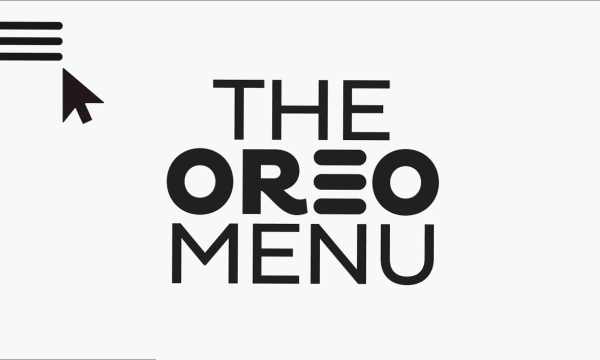Snapping a picture of your artfully arranged açai bowl could, it turns out, serve a purpose beyond garnering Instagram likes. Pinto, a New York-based platform and app that launched in August, offers a plethora of innovative ways in which its users can analyze a meal or food product.
New apps are using photos to analyze the nutritional content of food, making it easier for consumers to stick to their diets.
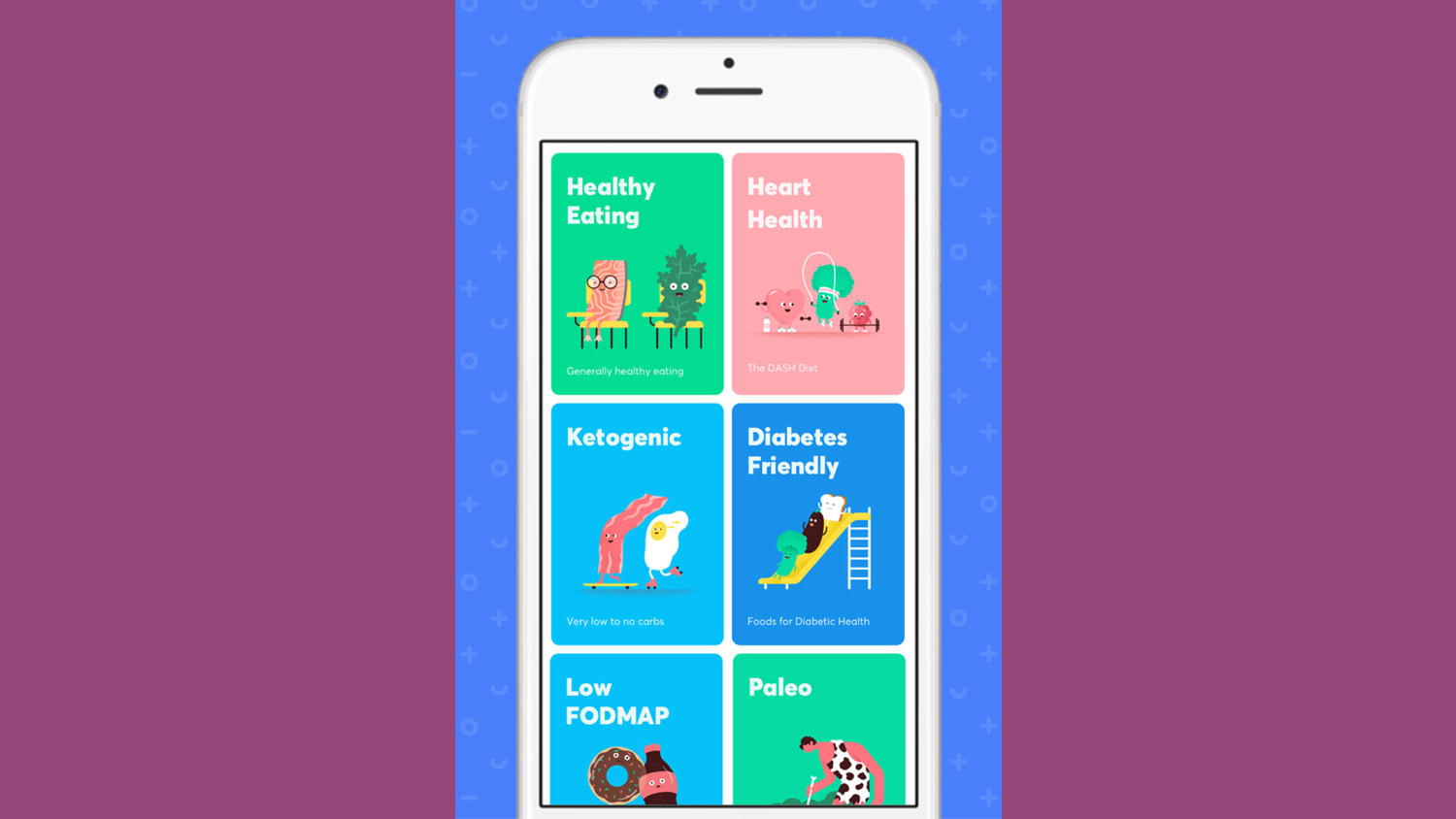
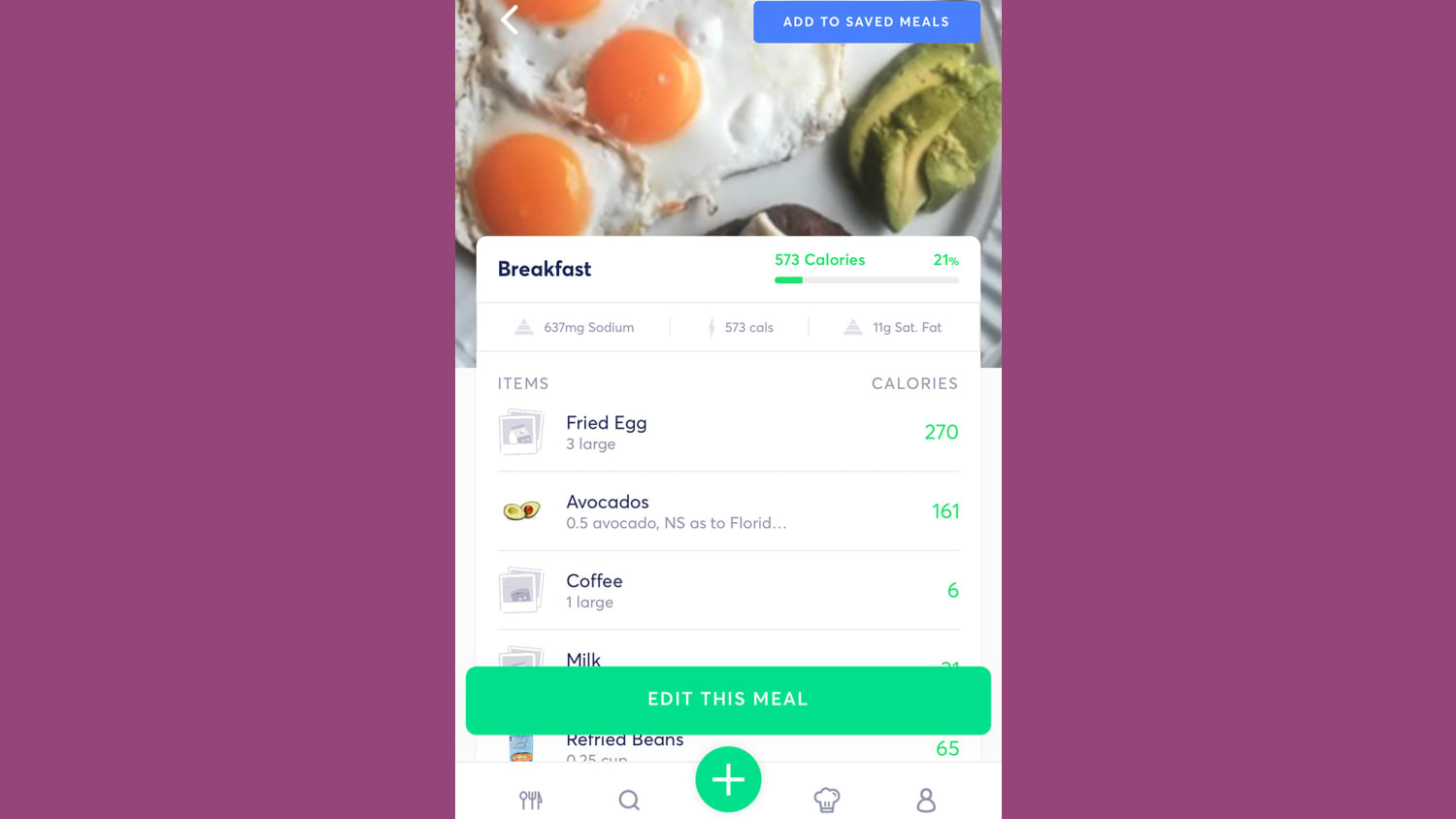
One of its functions allows users to take a picture of their meal and upload it—the app uses artificial intelligence (AI) to analyze the food’s nutritional qualities. Using data the user inputs, Pinto will then assess how well that meal fulfills the user’s specific nutritional plan. A user can, for example, specify that they want to follow a paleo, ketogenic or vegan diet, or ask the app to flag foods that contain allergens or ingredients that would trigger food intolerances.
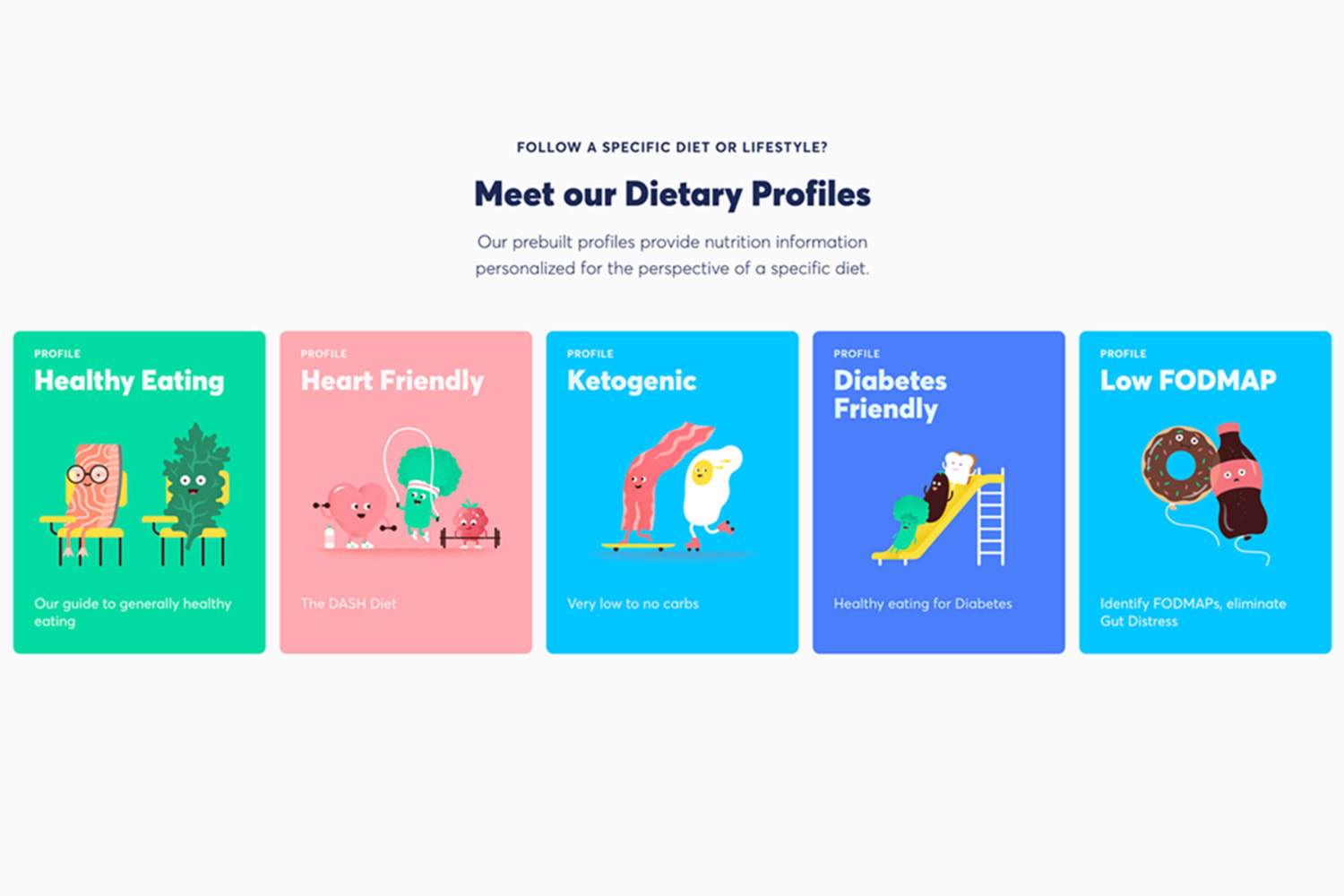
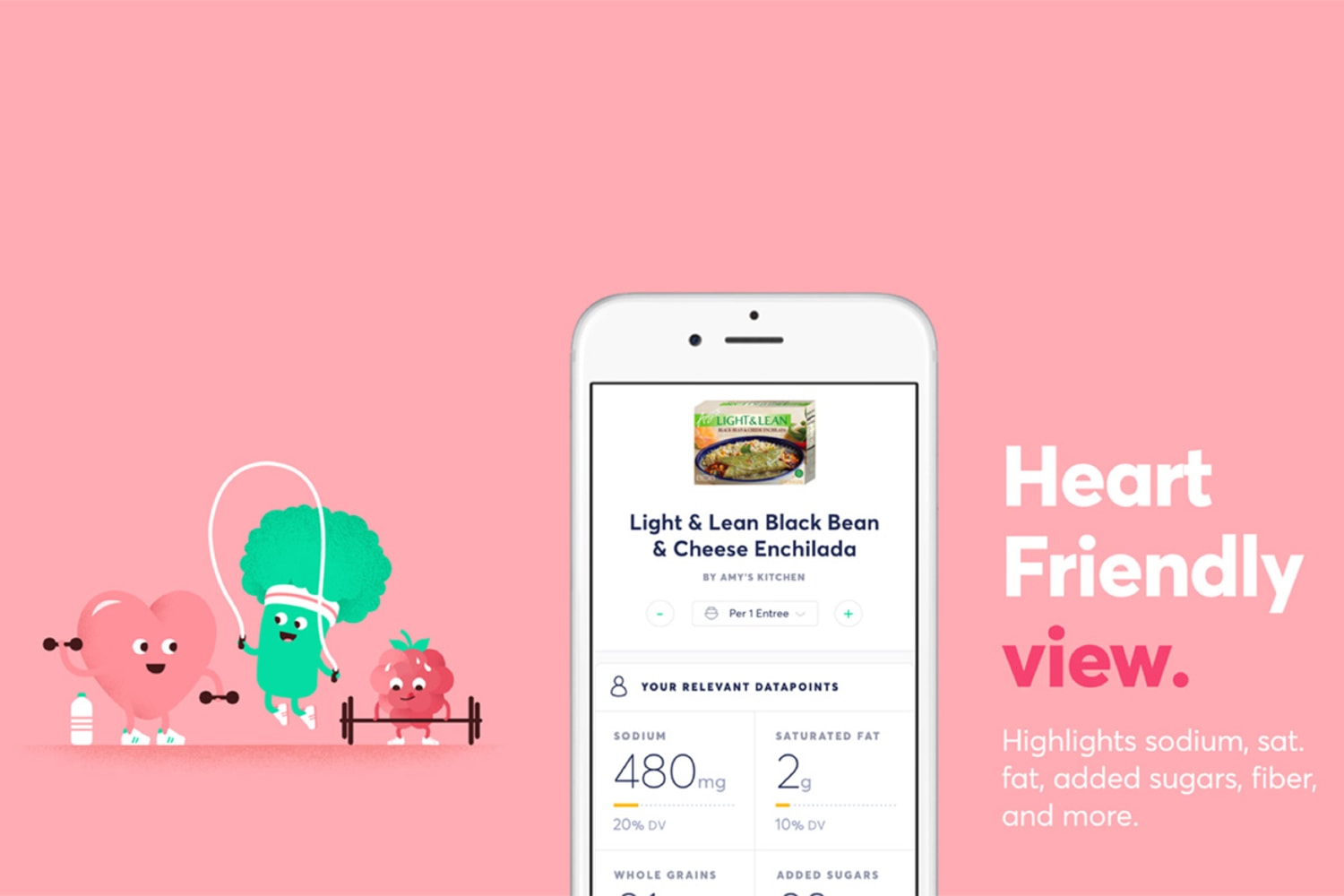
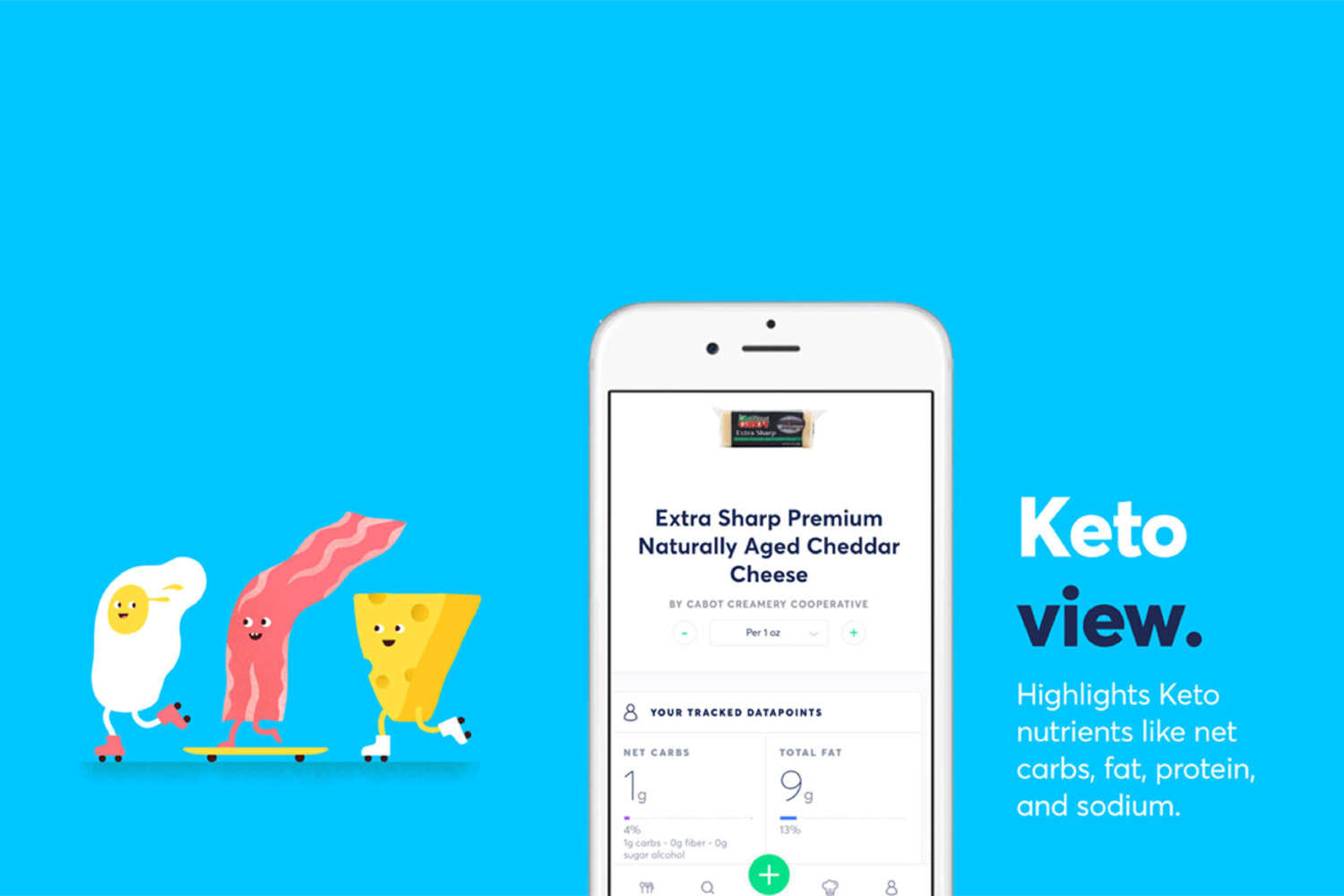
Additionally, users can use the app to scan a product’s barcode and see whether Pinto deems it a good choice for their dietary needs. The platform has worked directly with food manufacturers to build its database of information about the nutritional content of myriad items, so it can interpret them with modern diets in mind. “There’s a tremendous amount of data and information that’s potentially out there about food and about nutrition, but the way that data is sourced and the way that it gets to consumers isn’t really from the lens of what a consumer today needs,” Pinto’s cofounder and CEO Sam Slover told Fast Company.
In a similar manner to Pinto, Calorie Mama AI is an app from California-based Azumio that uses “deep learning” to analyze users’ images of food. The app counts the calories of the pictured food, alongside offering meal plans for different diets, such as ketogenic and paleo.
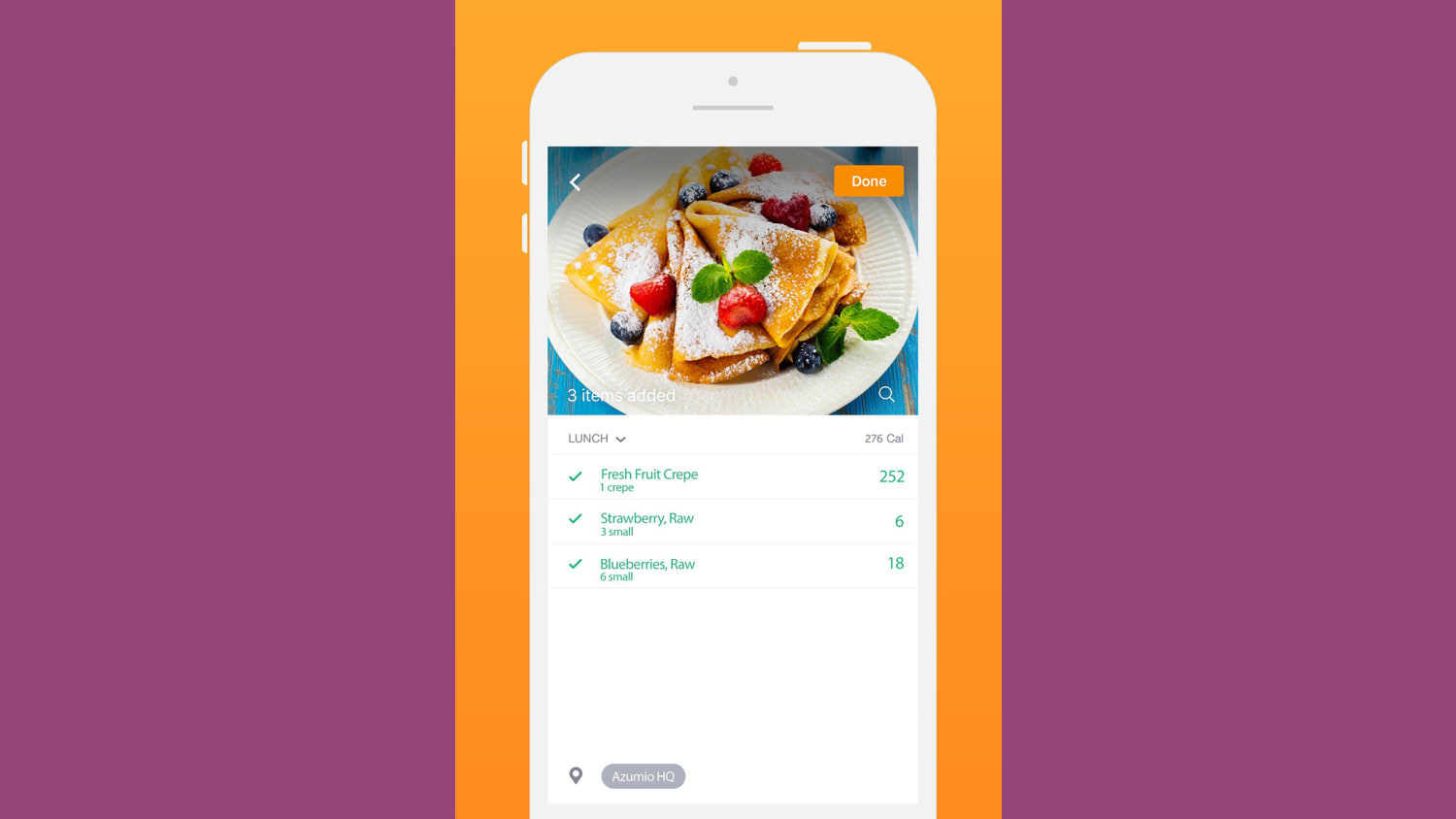
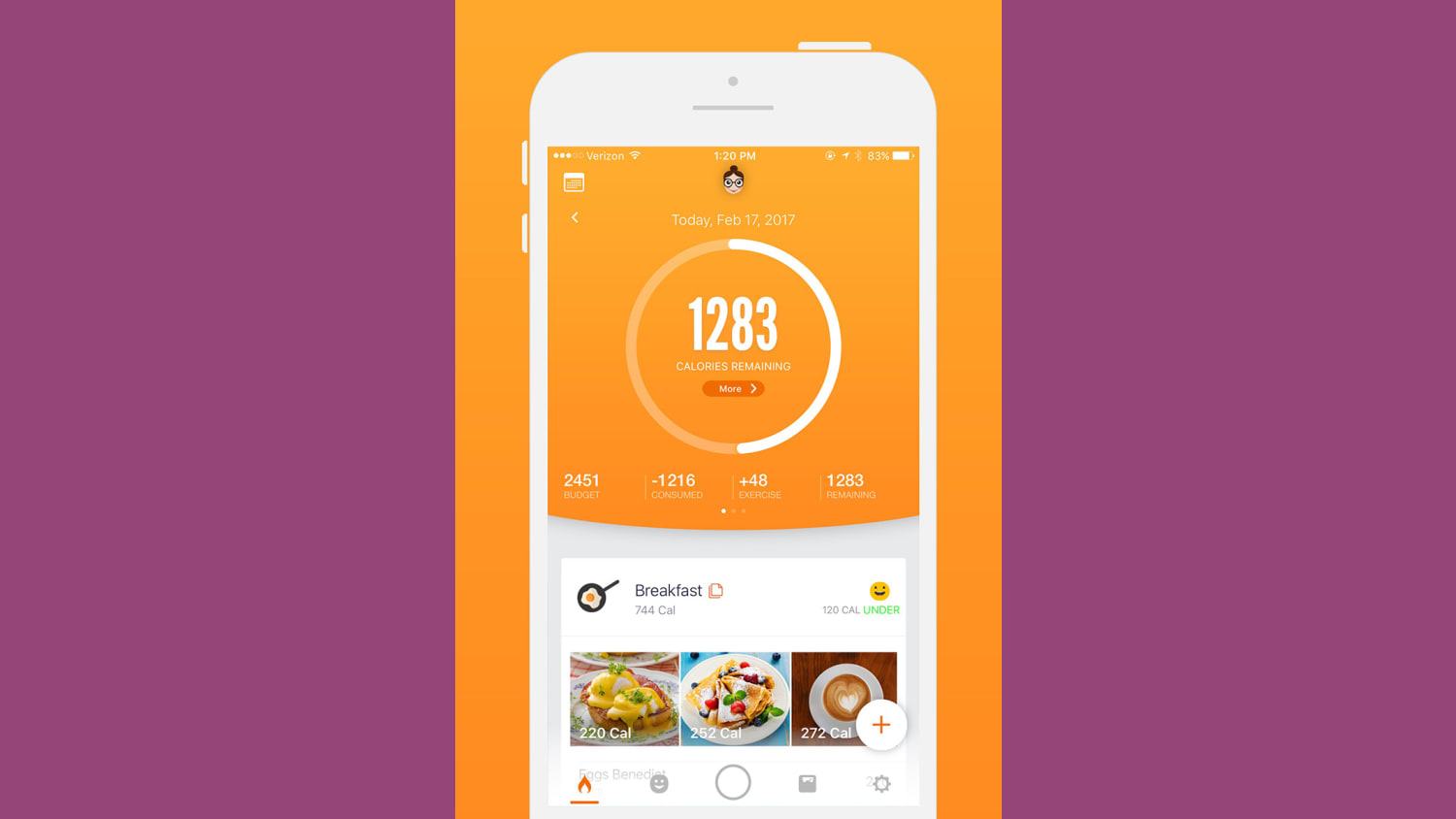
This tech isn’t just being targeted at those keen to try out trendy eating plans.
Nestlé Japan uses a similar app to provide targeted supplement recommendations for older consumers. Its Nestlé Wellness Ambassador program is a subscription service that sells nutritional supplements and milks flavored with green tea. To align its products more closely with users’ nutritional needs, the brand allows subscribers to email images of their food using the messaging app Line, with Nestlé using AI to analyze the meal’s nutritional content and suggesting supplements that would best complete a user’s nutritional picture.

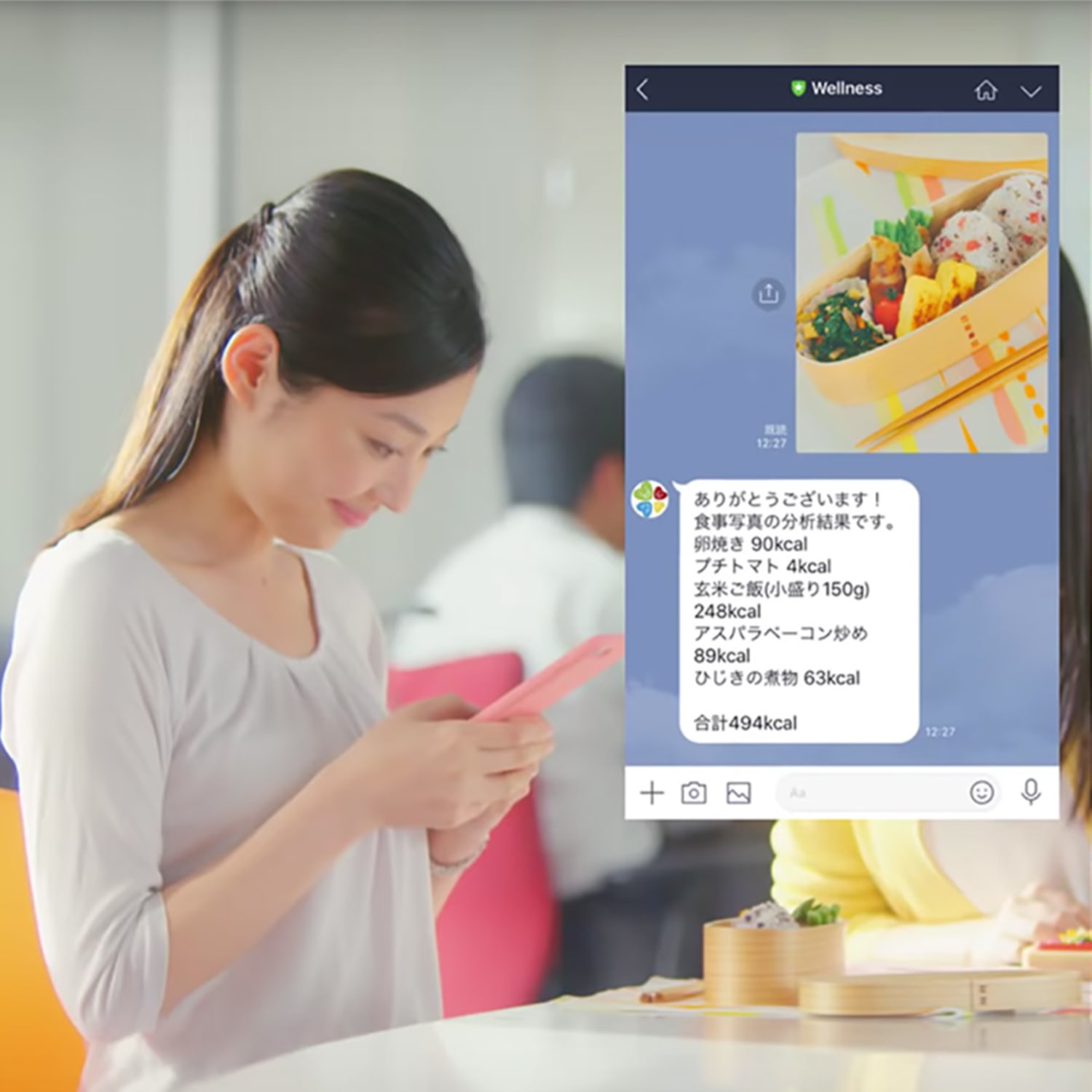
Additionally, the Nestlé program invites users to submit saliva samples and blood test results, so it can analyze which vitamins they’re lacking and which diseases they could be susceptible to in the future, further personalizing its offering. In turn, the company is using this data to build a wealth of information about its subscribers and, according to an article by the Nikkei Asian Review, has partnered with French insurer Axa to build new healthcare services.
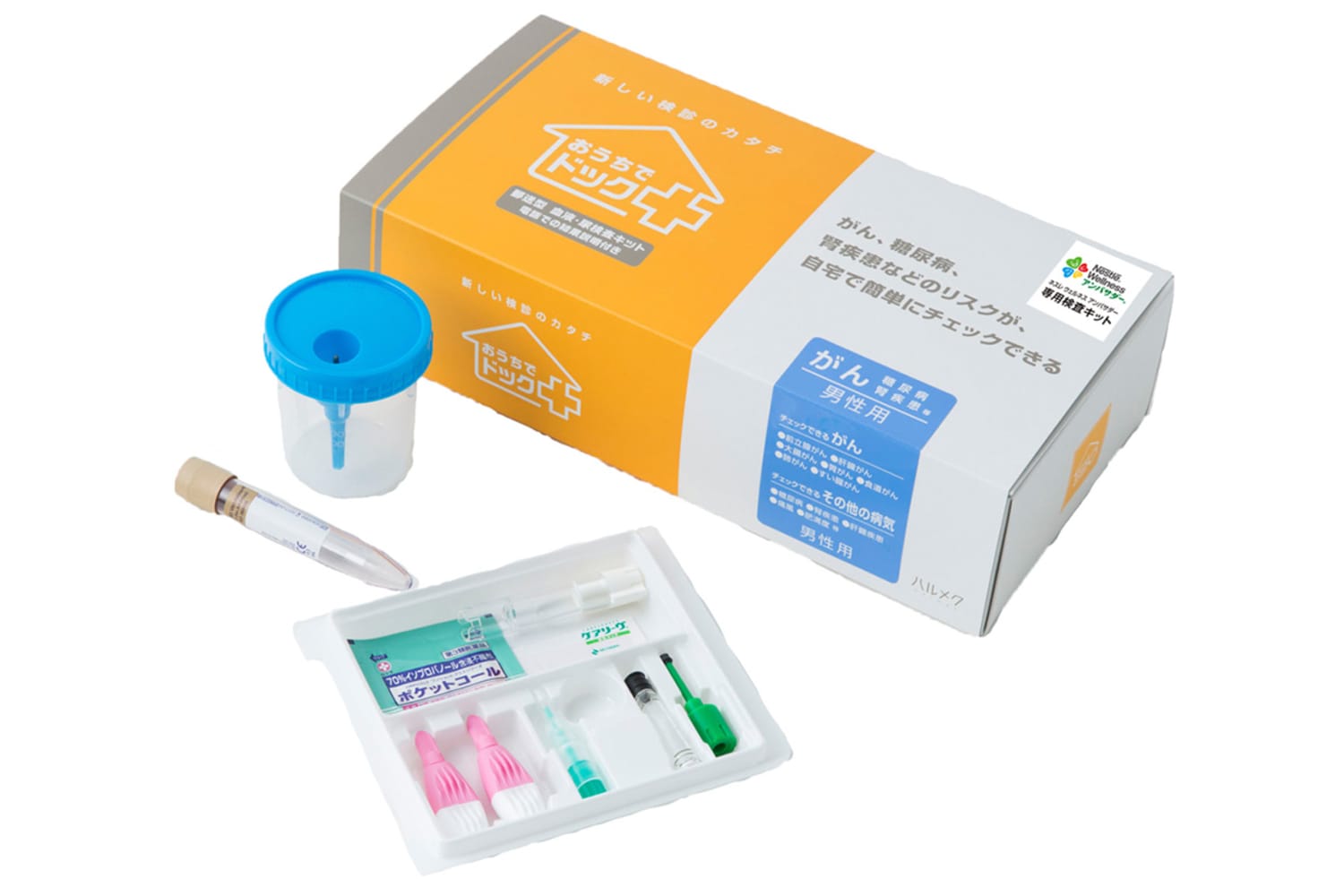
In an interview with the Nikkei Asian Review in May 2018, Kozo Takaoka, CEO of Nestlé Japan, argued that “in the 21st century, where technology has advanced at such a rapid pace and certain developed countries are seeing a declining population, the healthcare industry is the only way for food companies to survive.” The program launched in October 2017 and had amassed 90,000 subscribers by May 2018.
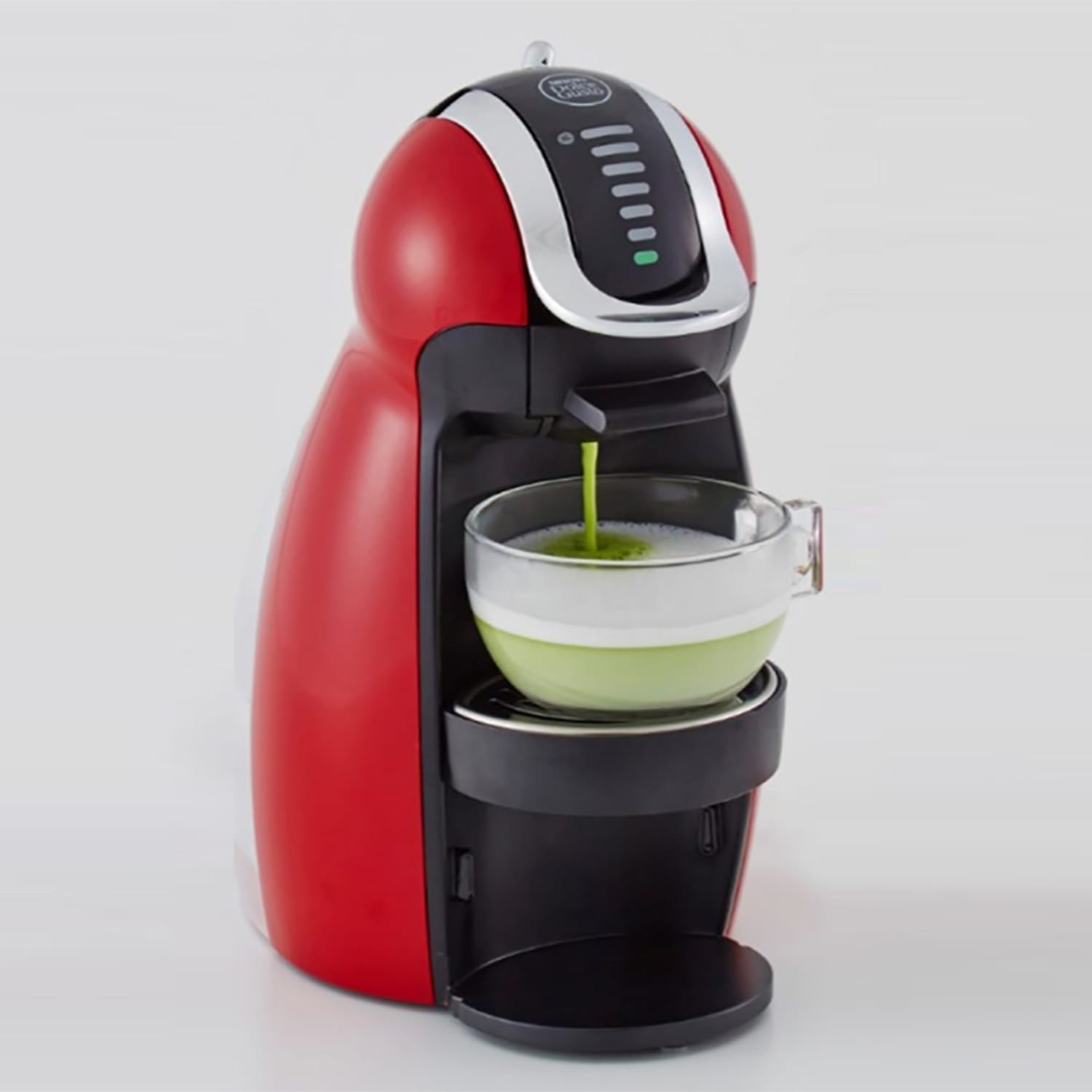
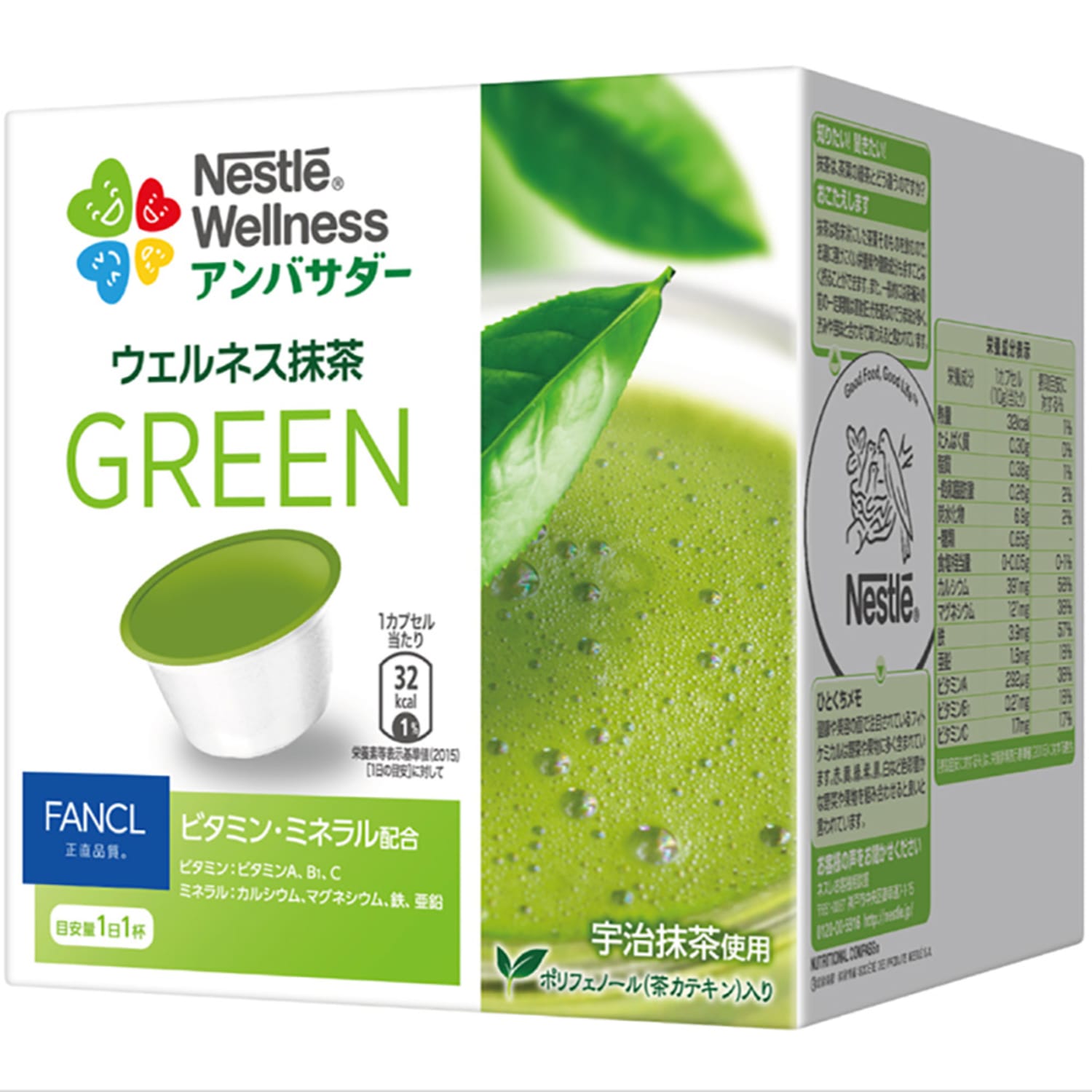
There’s potential for this tech to benefit public health programs, too. In Britain, the National Health Service’s Change4Life Food Scanner—aimed at adults and children—scans product labels to assess sugar, salt, and saturated fat levels. Rather than analyzing a picture, the app currently uses product barcodes. The results are vividly depicted, with sugar content portrayed as a pile of sugar and saturated fat content as an unappealing splotch of fat. The app forms part of Public Health England’s strategy to “significantly reduce England’s rate of childhood obesity,” which, according to a 2017 government report, affects a third of children in England aged between 2 and 15.
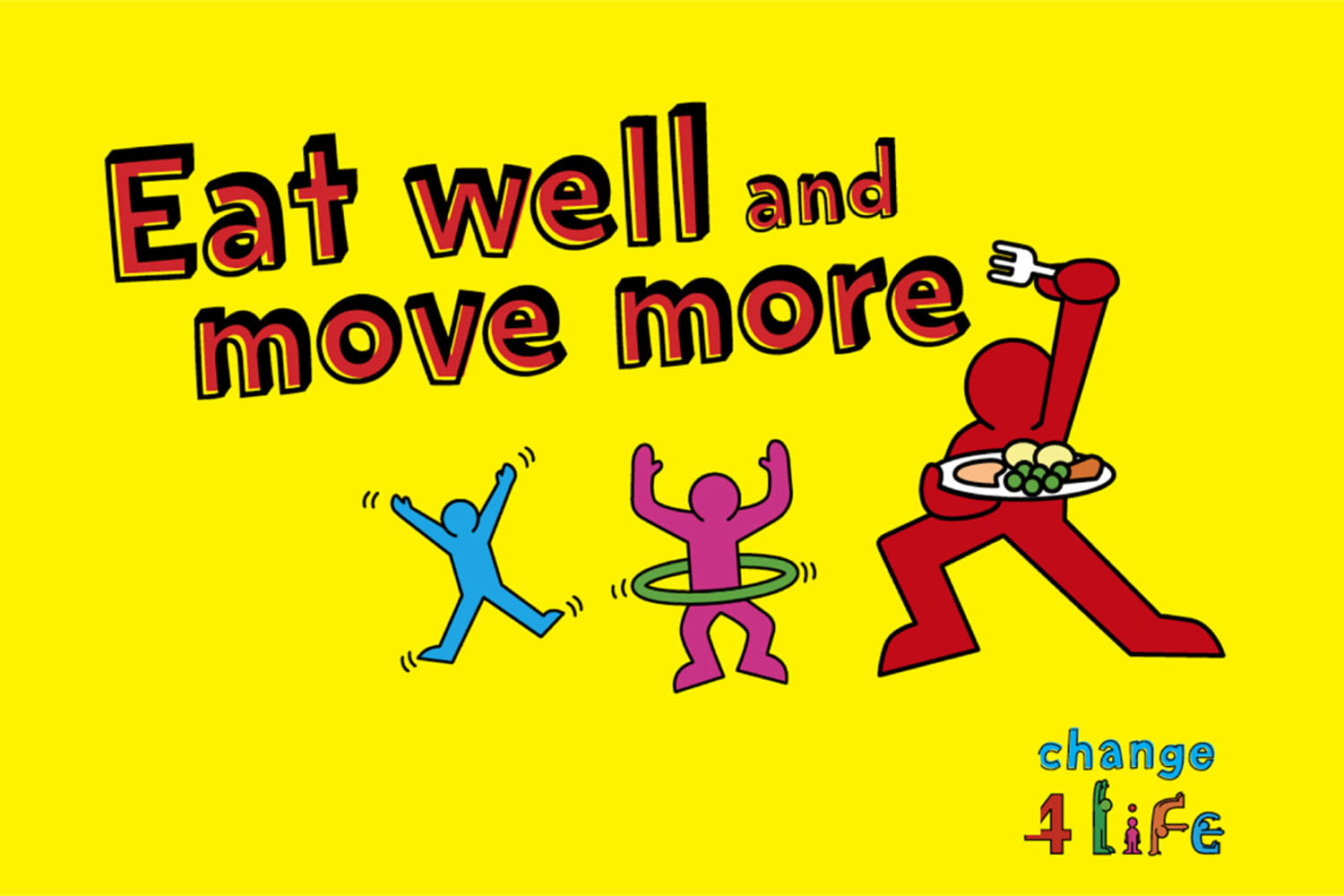
Public Health England has also detailed its plans to delve further into tech, and holds an annual digital technology “hackathon”, which the organization says brings together “leading developers and programmers to produce innovative solutions to address childhood obesity.”
While society is quick to blame tech and smartphones for a host of health problems—from social media’s impact on mental health to the blue light from devices disrupting sleep—these apps illustrate the potential for tech to simplify consumers’ paths to optimal wellbeing.
Please provide your contact information to continue.
Related Content

Mentos Campaign Refreshes Internet Speeds with Aluminium Foil
